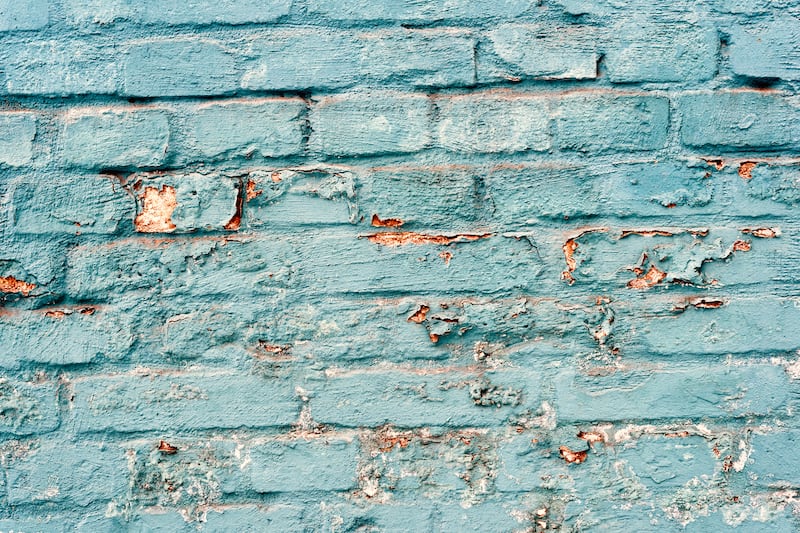I live in a traditional semi-detached house. When it was built it had a space to build a garage. My neighbour and I built garages with a kitchen extension sharing the party wall. Some years ago, my neighbour built another storey extension using the party wall. I raised no objections feeling that if I wanted to do the same the wall was in situ.
My neighbour now has problems with insulation of his extension, apparently the new build was not insulated adequately. I have been asked if the flat roof of my one-storey extension could be used for access when they insulate the outside of the party wall with external wall insulation. I am reluctant to allow my roof to be used as it’s a felted flat roof with two skylights. When my neighbours built their second storey extension, I permitted them to have access using my flat roof provided they protected it. However, that did not prevent the builders from breaking a skylight and getting some holes in the felt.
My questions are these: If I was to agree and the insulation was installed on the party wall, would that give my neighbour a right of access to that insulation for repairs etc? Would it affect the sale of my house?

My neighbour has an alternative however, as they could use internal insulation.
The good relationship shared with your neighbour has been borne out by seeing through a joint extension scheme using the party wall. I think it is commendable that you are willing to consider offering your neighbour access to your roof despite the minor, but frustrating difficulties you experienced when the neighbour completed their first-floor extension. Your question is interesting as the scenario described is common throughout the country in many urban centres involving semi-detached and terraced dwellings.
You have quite rightly questioned the appropriateness of the repair/insulation method suggested by your neighbour and you have identified a shortcoming with this in your question.
Firstly, both parties own 50 per cent of a party wall and for the purposes of this response, I assume a typical party-wall arrangement and that ownership of the parties is divided along the centre of the wall.
Whilst the neighbour may have built the party wall at first floor as part of their extension, ultimately you own that half of the wall facing your property. As things stand, if the neighbour fixed the external insulation to the wall, the neighbour would not be assuming any additional rights than what they enjoy at the moment.
To focus on the second part of your question, if the neighbour was to pursue the option of fitting the external insulation, this would over-sail the boundary line. Whilst this would not be a significantly different arrangement than the situation which currently exists, I am of the opinion that this may cause issues (albeit not insurmountable) in terms of conveyancing should you wish to sell the property in the future.
Any building surveyor would flag this as a potential issue with a purchaser and this would be of particular concern should they wish to add a first-floor extension, having to interfere with the external insulation affecting the neighbour’s dwelling and generally being a poor boundary detail.
You should remember that whilst you may share a good relationship with your neighbour, there are no assurances that any purchaser will share the same good relationship and inheriting a complication on a party wall such as this could frustrate a sale or have the potential to cause difficulties for any potential purchaser in the future.
In short, it is best to keep arrangements around party walls and boundaries as simple as possible. It would be best if your neighbour could pursue the internal insulation option.
As the old saying goes, good fences (and party walls) make good neighbours,










